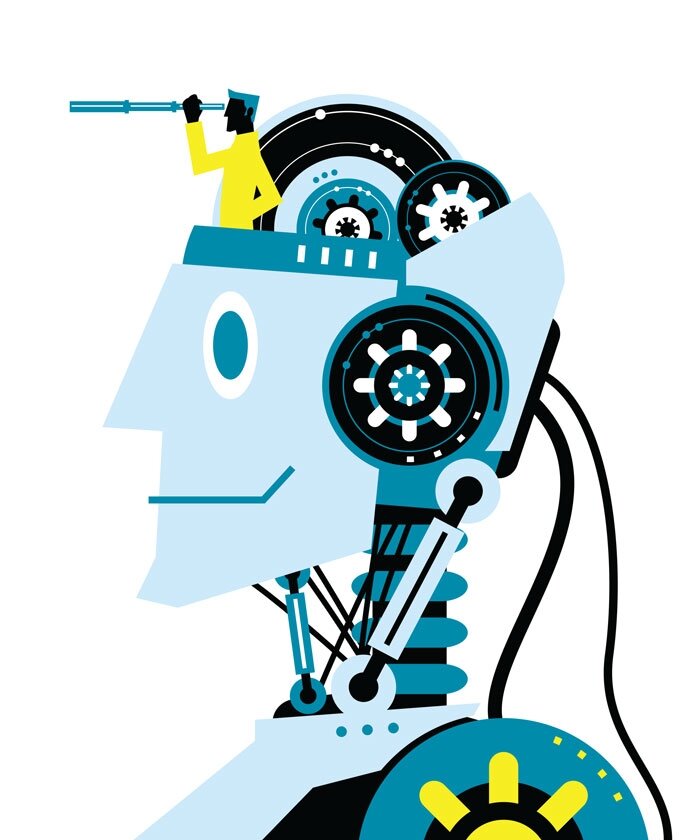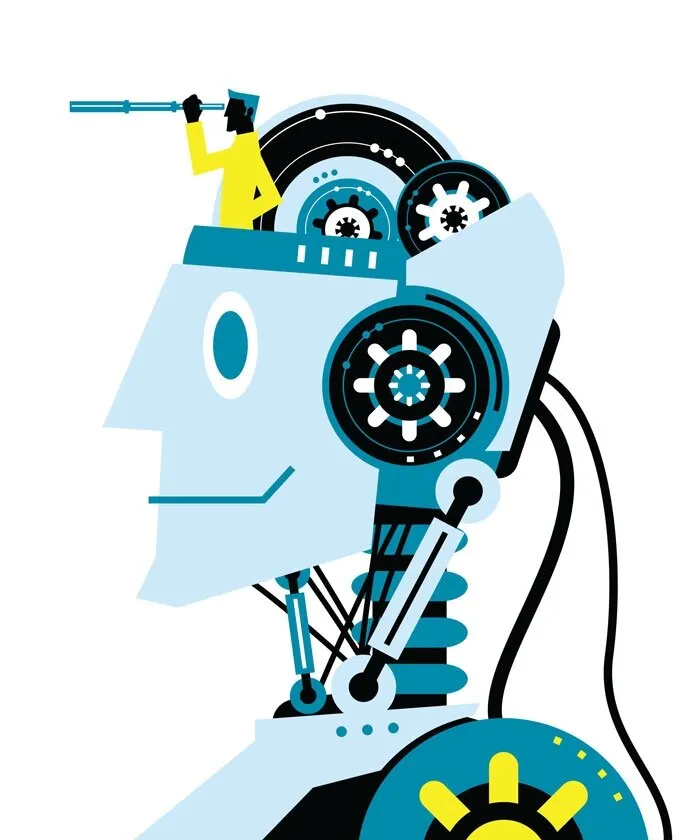The Role of Robotic Process Automation (RPA) in Growing Australia’s Digital Workforce
Blog: Cigen

Technology has undoubtedly changed the way we live and work. In Australia, as it happens in any other developed country, the progress of Internet and technology has a strong influence on the country’s economy and, by default, on the country’s labour market.
[Another significant factor that contributed to a shift in the way we work is the coronavirus pandemic. Read more here about how to conquer the ‘new normal’ after COVID-19 and about remote work and the future of RPA.]
According to Tomorrow’s Digitally Enabled Workforce Report, explosion in device connectivity, data volumes and computing speed, with rapid progress of automated systems and AI means that the role of new technologies, like RPA, is becoming more and more important for the way that employees perform their jobs. Within a company, software robots can perform some of the tasks quicker, more safely and more efficiently than humans.
In fact, all of these trends are transforming the way industries are doing business, reshaping the workforce and redefining jobs. Specialists believe that this progress is not constant, but rather exponential, and starting from 2020, changes are going to have a faster pace.
The report also estimates that 44% of jobs in Australia are potentially at high risk of computerization and automation, and the same time many new jobs are created by technology.
Australia’s workforce has to adapt to global trends and become digital.
Defining digital workforce
But first, how do we define digital workforce? According to a Deloitte Report entitled ‘Managing the digital workforce’, “digital workforce is a phrase that can be used to describe a variety of robotic and automated solutions for driving productivity efficiencies in the workplace”. While some of these technologies are in their early stages of development, others are widely adopted by companies from all kind of industries (such as robotic process automation).
In most cases, the digital workforce will not be a physical representation of a digital worker, but refers to a software robot that will be either working in the background or will be coordinated by humans through a command based interface.
For example, in companies, the adoption of Robotics Process Automation (RPA) enables workers to save up resources and to be more productive and efficient. In fact, the adoption of RPA will contribute to a massive transformation of today’s workforce.
And although software robots will be responsible for repetitive and time-consuming tasks, human beings are still needed in business organisations for the higher value tasks they perform, and the other jobs that will be created.
RPA allows employees to focus on value-added activities, using complex skills that a software doesn’t posses, such as: analytical thinking, complex problem-solving, decision-making abilities, creativity, initiative, flexibility and so on.
Current state of technology workforce in Australia
According to Deloitte’s Report ACS Australia’s Digital Pulse about the country’s digital economy, Australia had 772,100 technology workers in 2019. The number increased by 6.8% between 2018 and 2019. From 2015 to 2019, the technology workforce in Australia has grown at an average rate of over 5% annually.
This report estimates that, in the medium term, these numbers will continue to grow. On average, the technology workforce is expected to grow at 3.1% on average for the next five years. At that pace, by 2027, there will be more than one million technology workers in Australia.
The Centre for Innovative Industry Economic Research (CIIER) estimates that Internet and Communications Technology and related services industry subdivisions, directly contributed $56.3 billion to Australia’s economy in 2018–2019.
Thank you. An expert will get in touch with you shortly.
Impact of RPA on the Australian labour market
Nowadays, we live in a society where the world population is ageing. Fewer children are born, and more people live over the age of 80, as young adults focus on studies and careers. For example, Australia is among the countries with the highest life expectancy at age 65 - around 20 years for both sexes.
The downside of the ageing population phenomenon is the pressure felt on the Australian labour market. But the good news is that technology could be very helpful, supporting the changes that come along with this demographic shift.
The way that RPA contributes to shaping the future labour market is clear. It enables employees to complete complex tasks while repetitive operations could be done cheaper and easier by software robots. Read more here about the impact of RPA on the changing global labour market.
Moreover, Daniel Dines, founder of UiPath, the leading Robotic Process Automation vendor globally, sees a future with ‘s robot for every person’, just like Bill Gates talked about ‘a computer on every desk’. The vision of Dines would mean that every employee could delegate some routine tasks to a software robot. Companies across the globe have already embraced the ‘a robot for every person’ strategy, seeing great results.
Benefits of RPA for business
Some of the benefits resulted from intelligent automation are:
• Employee satisfaction: RPA automates routine tasks and resolves operational issues, leading to a much higher productivity and motivation among employees to deal with more complex tasks;
• Process efficiency: RPA automates the process of creating time-consuming business reports and handles document management;
• Data Quality: RPA increases quality by automating data cleansing and validation, reducing human error;
• Scale enabler: Achieve scale with a digital workforce complementing existing resources;
• Continuous improvement: Maximise the company’s growth potential by focusing on non-automatable activities.
Conclusion
RPA has a huge role in growing Australia’s digital workforce. But employees shouldn’t fear the Automation Revolution that we are experiencing right now. Altough some jobs will be transformed, many others will be created by technology, as we stated above. Changes of such magnitude have happened before.
For example, in the Agricultural and Industrial Revolutions, many repetitive jobs were replaced by jobs technologies, with the purpose of a higher production rate and a lower cost. But those changes have also led to higher paid job offers, better services available to larger communities and ultimately, to a higher quality of life. This is what we all should bear in mind next time when we will hear someone say ‘robots are stealing jobs’.
Furthermore, from a business perspective, implementing new technologies as RPA is mandatory, because if a company doesn’t adopt automation processes, the cost of its products or services will become a lot higher than its competitors, leading to a huge market disadvantage.
In order to make this shift as soon as possible, companies need to prepare their workforce for RPA Implementation. Robotic process automation training is the right way to provide the new skills and information needed for a successful implementation and usage of new technologies at work.
In fact, the main objective of RPA training should be to teach employees how to function efficiently in the new work environment, alongside robots and how to develop new skills in order to do this. Find out more here about how to plan and implement RPA training in your organization.
